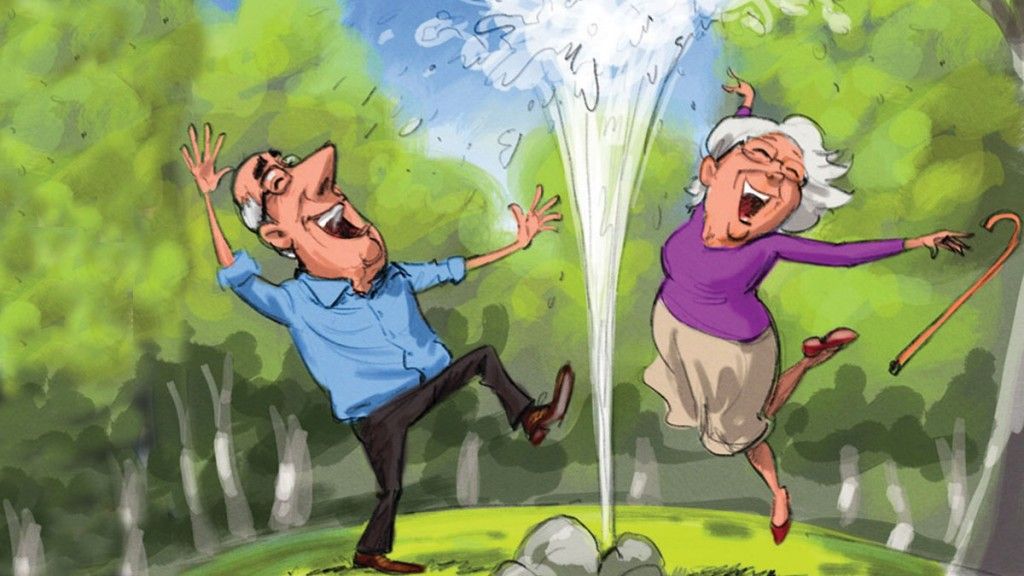How society can profit from treating age-related diseases.
We’re now living longer than ever – only to suffer from diseases of old age. New therapies promise a new lease of life for the elderly – and big profits for investors, says Matthew Partridge.
Over the past century, average life expectancy in most countries has grown substantially. Vastly lower infant mortality, improved living standards, better public sanitation, and the discovery of cures or vaccines for many once-deadly diseases, have seen average life expectancy in most developed nations rise to around 80, compared with 50 in 1900. Developing nations have benefited too. Life expectancy in China, for example, was just 43 in 1960 – it’s 75 today. Indeed, according to the World Health Organisation, no individual nation outside Africa now has a life expectancy of below 60, and even Africa has seen huge gains since 2000, helped by improved anti-malarial measures and wider availability of HIV/Aids treatments.
However, the pace of progress is slowing. From 1900, it took less than 30 years for life expectancy in the US to rise from 50 to 60 years. It took another 40 years to rise to 70, and now, nearly 50 years later, it is still hovering at just below 80. The problem is that while we’ve largely beaten the diseases that used to kill people in childhood, early adulthood and even middle age, we’re having much less success in prolonging the life of the elderly. Here’s a stark illustration: in Britain in 1840, if you made it to 65, you could expect, on average, to die at age 76. In 2011, a 65-year-old could expect to die aged 83. In other words, today you have a far better chance of living to 65 than you did 170-odd years ago. But if you do, your remaining life expectancy won’t be much greater than that of your 19th-century peers.
